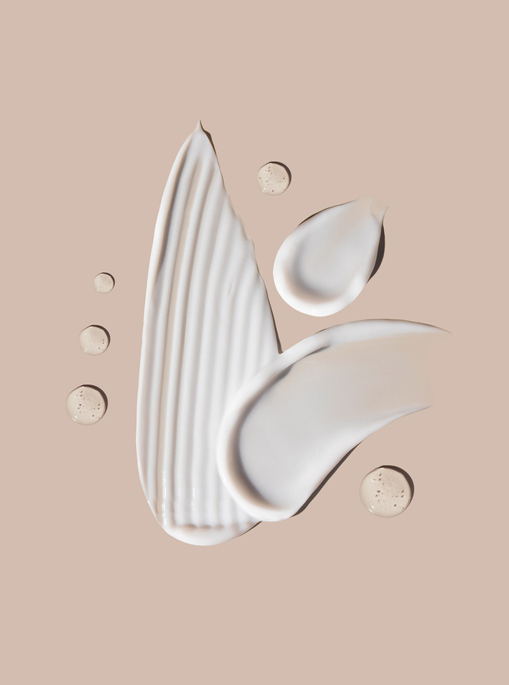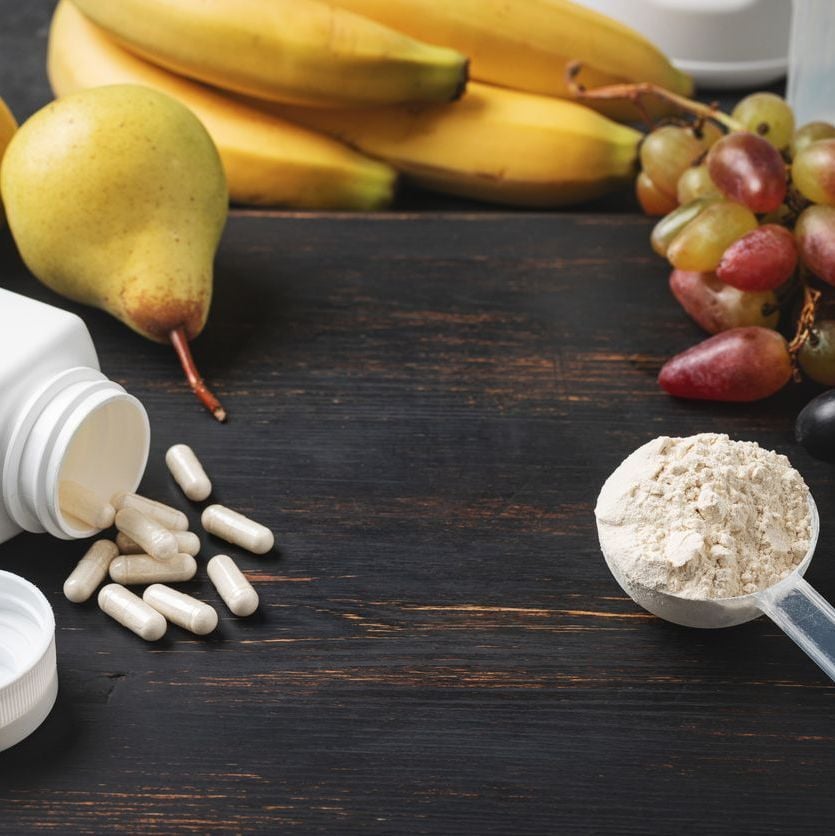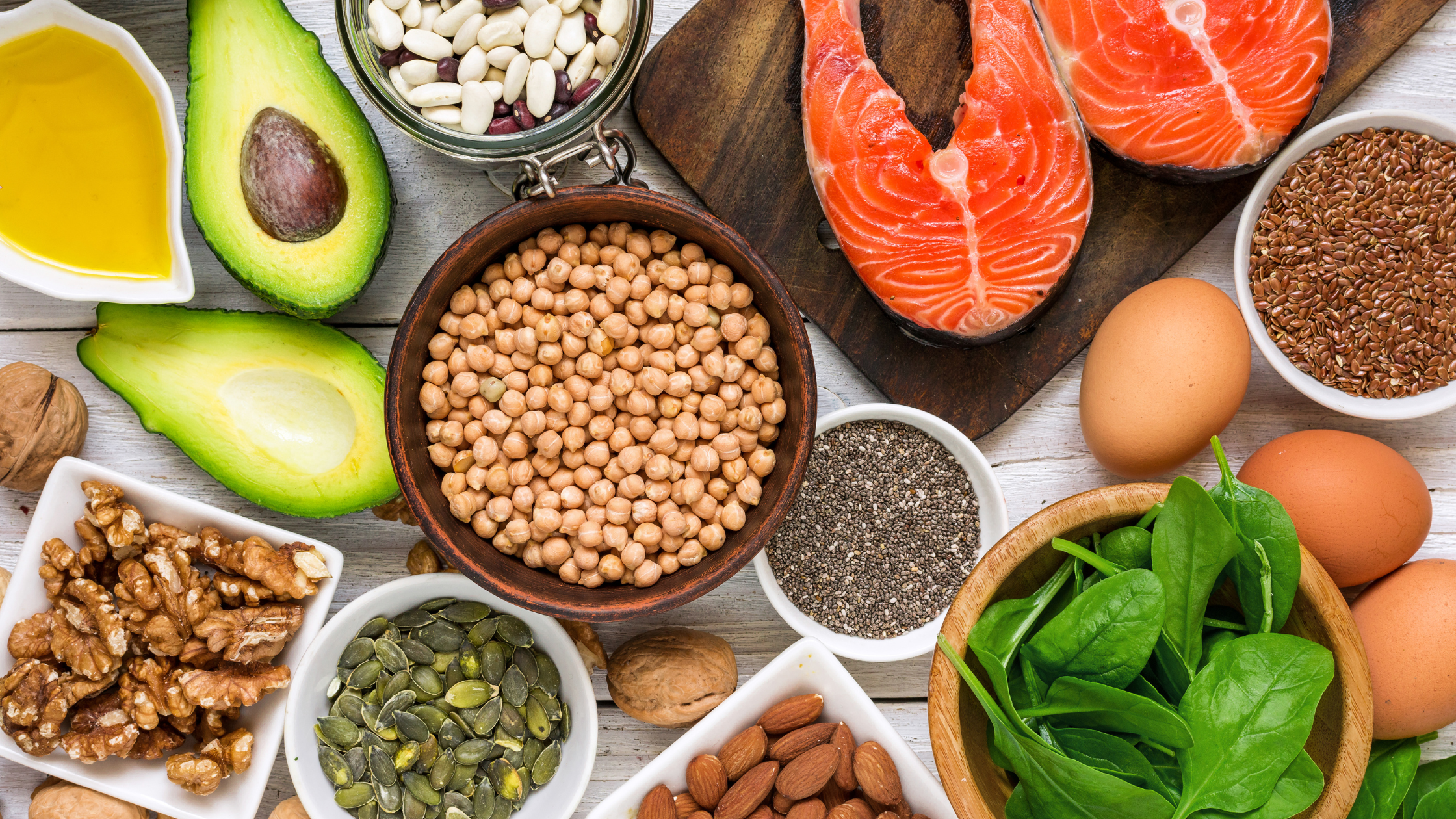Coffee and hormonal acne: What you need to know

Is your pumpkin spice latte sabotaging your skin? Learn how your favorite fall drink might be making your acne worse.
Understanding hormonal acne
Hormonal acne is a type of acne that is primarily caused by hormonal fluctuations in the body. It usually occurs during puberty, menstruation, pregnancy, and menopause. Characterized by deep, painful cysts, blackheads, and whiteheads, it often appears on the chin, jawline, and lower face.
Elevated androgen hormone levels, like testosterone, cause hormonal acne. Androgens stimulate the sebaceous glands in the skin, leading to an overproduction of sebum. This excess sebum, along with dead skin cells and bacteria, clog pores, resulting in acne breakouts.
Understanding the underlying causes and triggers of hormonal acne is crucial in effectively managing and treating the condition. By addressing hormonal imbalances and adopting a comprehensive skincare routine, individuals can achieve clearer and healthier skin.
The link between coffee and hormonal acne
Most of us cannot imagine starting our day without a cup of coffee, but its relationship to hormonal acne may be enough to change the morning habits of those dealing with hormonal acne. Studies suggest that caffeine, the chemical that gives coffee its coveted kick, can potentially make this type of acne worse.
Caffeine stimulates the adrenal glands, leading to an increase in cortisol production. Cortisol is a stress hormone that can disrupt the delicate balance of hormones in the body. In turn, this hormonal imbalance can trigger hormonal acne.
Coffee also contains compounds that can increase inflammation in the body. Inflammation plays a significant role in the development and severity of acne. By reducing inflammation, individuals may see a reduction in acne breakouts.
While more research is needed to fully understand the link between coffee and hormonal acne, it may be helpful for individuals with hormonal acne to reduce their coffee intake or explore alternatives.
The role of pumpkin spice in acne breakouts
This is a tough one. As soon as the leaves start to change, many of us reach for our pumpkin spice coffee combinations. Unfortunately, pumpkin spice is a triggering combination of spices. While cinnamon, nutmeg, ginger, and clove are the official flavors of fall, they can also cause acne to flare.
Cinnamon, in particular, has been studied for its potential effects on acne. It has been found to possess antimicrobial properties, which can help combat acne-causing bacteria. However, excessive consumption of cinnamon or other spices found in pumpkin spice may also irritate the skin and lead to breakouts in some individuals.
How pumpkin spice affects the skin varies from person to person. While some people notice that a sip of a pumpkin spice latte or pumpkin chai tea brings on a vicious breakout, others may not notice any changes at all. Our advice: pay attention to your body's response and make adjustments accordingly.
Tips for managing hormonal acne
Managing hormonal acne requires a comprehensive approach that addresses both the internal and external factors contributing to the condition. Here are some tips to help manage hormonal acne:
1. Maintain a consistent skincare routine: Cleanse your face twice a day with a gentle cleanser and use non-comedogenic products to avoid clogging pores.
2. Use topical treatments: Incorporate acne-fighting ingredients such as salicylic acid or benzoyl peroxide into your skincare routine to target existing breakouts.
3. Practice stress management techniques: Stress can worsen hormonal imbalances, so find healthy ways to manage stress, such as exercise, meditation, or engaging in hobbies.
4. Follow a balanced diet: Include foods rich in antioxidants, vitamins, and minerals to support overall skin health. Avoid excessive consumption of sugary and processed foods.
5. Consider hormonal birth control: For individuals with persistent hormonal acne, hormonal birth control may help regulate hormone levels and reduce acne breakouts. Consult with a healthcare professional for personalized advice.
By adopting these tips and maintaining a consistent skincare routine, individuals can effectively manage hormonal acne and promote clearer skin.
Exploring alternatives to coffee for clear skin
If you suspect that coffee, including pumpkin spice-flavored coffee, is contributing to your hormonal acne, it may be worth exploring alternative options. Here are some alternatives to consider:
1. Herbal tea: Replace your coffee with herbal teas such as chamomile, green tea, or spearmint tea. These teas offer various health benefits and are generally low in caffeine.
2. Decaffeinated coffee: If you still enjoy the taste of coffee, opt for decaffeinated versions. Although not completely caffeine-free, decaf coffee contains significantly less caffeine than regular coffee.
3. Golden milk: Golden milk, also known as turmeric latte, is a warm beverage made with turmeric, ginger, and other spices. It offers anti-inflammatory properties and can be a soothing alternative to coffee.
4. Matcha: Matcha is a type of powdered green tea that provides a more sustained energy boost compared to coffee. It contains antioxidants that support overall skin health.
5. Water: Stay hydrated by drinking plenty of water throughout the day. Proper hydration is essential for maintaining healthy skin and flushing out toxins from the body.
Remember, everyone's body is unique, and what works for one person may not work for another. It may require some trial and error to find the best alternative to coffee that suits your taste preferences and supports clearer skin.



